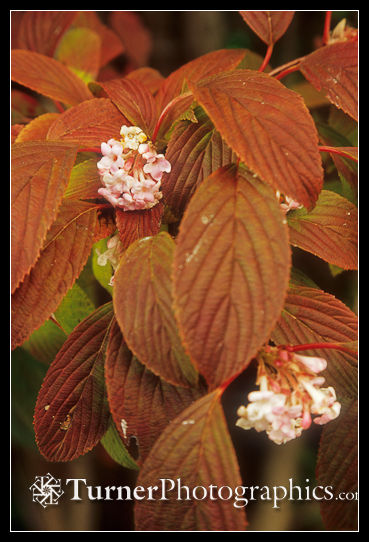Plant of the Month: Pacific Dogwood
![1202683 Pacific Dogwood [Cornus nuttallii]. CA Rt 32, Forest Ranch, CA. © Mark Turner Pacific Dogwood](/wp-content/uploads/2013/05/Turner_1202683.jpg)
Pacific Dogwood
Pacific Dogwood is a showy northwest native tree that blooms from late April to late May. It’s just one of the dogwoods native to North America. The grove of dogwoods above was photographed last May along California Route 32 near Forest Ranch.
One of my memories of spring in West Virginia, where I grew up, is hillsides dotted with dogwood trees in bloom. Their showy white bracts, which look like giant petals, appear about the time the leaves are starting to unfold. The eastern species, Cornus florida, is commonly planted in home landscapes across North America. Continue reading


![0400965 Indian Plum blossoms & foliage [Oemleria cerasiformis]. Van Duzer SP, OR. © Mark Turner Photo: Indian Plum blossoms](/wp-content/uploads/2013/03/Turner_0400965.jpg)




